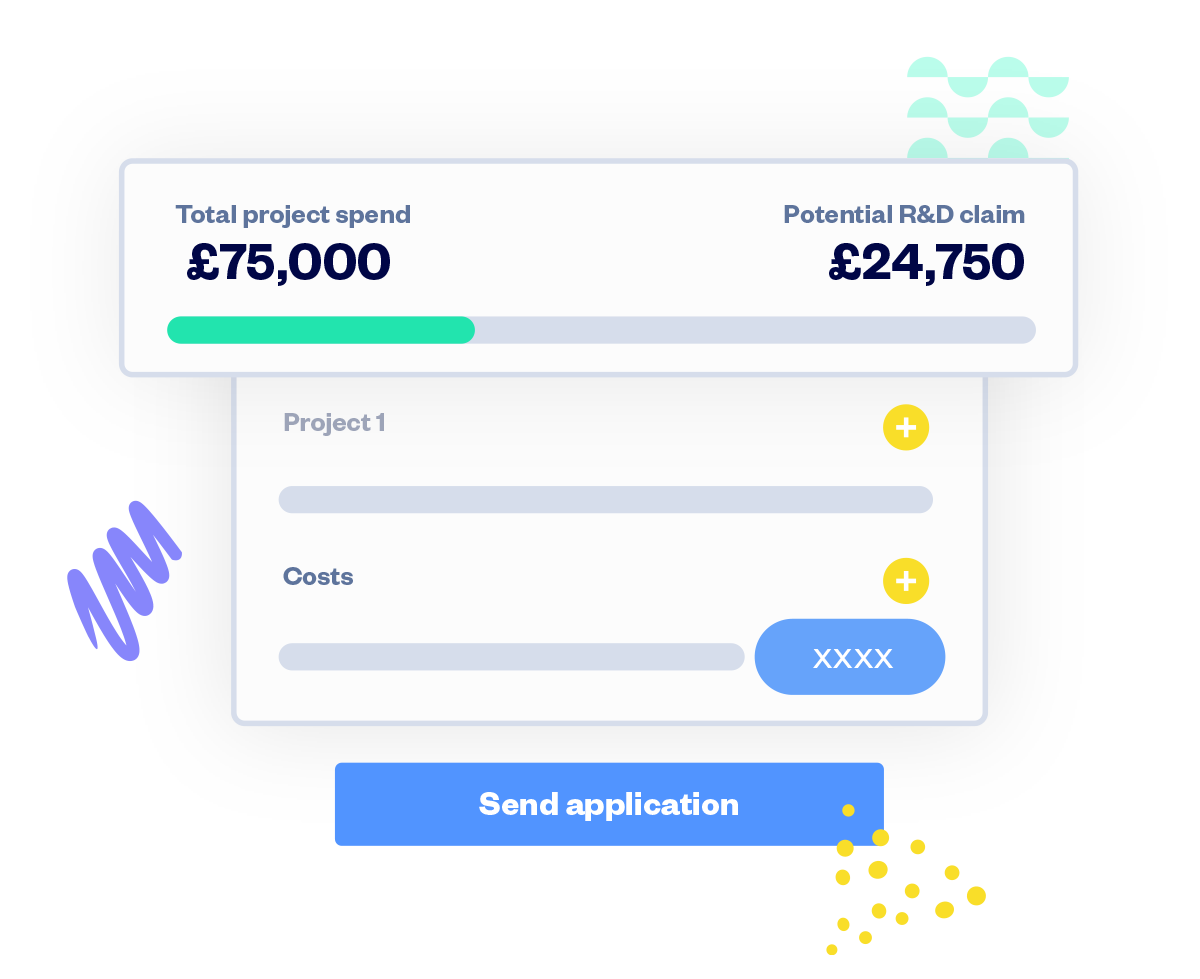R&D tax credits changed in April 2023 - find out how those changes affect your business
Find out how the qualifying cost categories and rates are changing for the SME and RDEC schemes and how corporation tax...
We’re back with an update on the recent and upcoming changes to the UK R&D tax credit scheme. In our post in April this year, we covered the changes to qualifying costs, the new requirement to submit online, notify HMRC in advance and the new relief rates for the SME and RDEC schemes.
In this post, we break down the information you need for the new additional information form, explain how the additional tax relief credit works and give an update on the delayed introduction of overseas contractor rules.
We also dig into HMRC’s data to explore which industries have the hardest time getting through HMRC’s review process and lay out some steps to help you improve your claim’s chance of success.
Contents
✔ Automate the admin, leave the rest to our experts
✔ Maximise your R&D Tax Credits claim
✔ Get unlimited support from R&D specialists
All R&D claimants wanting to submit on or after 1 August 2023 will have to submit an additional information form on HMRC’s website before they submit their R&D claim.
The form asks for the following information:
This form is a new extra step in the R&D tax relief process, not a replacement for any element of the existing R&D claim process. To submit an R&D claim, you still need to:
The number of projects you need to provide a write up for depends on how many projects you are claiming for in the period.
Your detailed description of the project must include:
Read more about what information you need for your claim on the HMRC site.
When you claim R&D with SeedLegals, our simple workflow will take you through all the information you need to provide. Then, we’ll generate a form that you can use to quickly submit the additional information form to HMRC – with everything clearly laid out, in the right order.
‘R&D intensive’ SMEs will be able to claim an enhanced credit worth £27 for every £100 of R&D spent. To qualify as R&D intensive, your company must spend 40% or more of your total expenditure on R&D – read more about this on gov.uk.
While this is still a reduction on the previous tax benefit of 33% under the SME R&D scheme, this enhanced credit will be a welcome cashflow boost for R&D intensive companies facing rising costs.
💡 What does this mean for your business?
If over 40% of your spend is related to R&D, then you might be eligible for credit worth 27p for every £1 of spend on R&D. If you have received or are receiving grant funding (for example, from Innovate UK) then you might have to claim under the RDEC scheme instead of the SME scheme, which has a different rate.
Expenditure on work subcontracted to outside of the UK was originally going to be ineligible from 1 April 2024.
However, the government has announced that this will be delayed until April 2024. This is good news for businesses who subcontract part of their R&D outside of the UK. Until next year, you can still claim for these costs.
As we’ve discussed recently in articles and webinars, there’s been a shake up of R&D tax relief in the last 18 months as HMRC sought to reduce the large amount of fraud in the R&D system. HMRC confirmed that this level of fraud is a lot higher than expected, costing the taxpayer an estimated £1.13 billion in 2020/21.
HMRC also provided a breakdown of claims challenged per industry, with a brief summary below of some of the risk areas:
| Industries most challenged by HMRC | Industries least challenged by HMRC |
| ⚠️Education ⚠️Arts, entertainment and recreation ⚠️Construction ⚠️Finance ⚠️Wholesale and retail trade | ✅Manufacturing ✅Information and communication ✅Professional, scientific and technical activities ✅Agriculture, forestry and fishing ✅Public administration and defence |
| Claims cannot be made at all for work in the following fields: ❌ The arts | |
This month, HMRC published a fresh batch of R&D claim statistics for the tax year 2021/22. The most interesting insight as far as we’re concerned is the 11% increase in the value of claims compared to the previous year. This shows that, although HMRC is tightening up its processes to combat fraud, companies claiming legitimate R&D are getting the funds they need to invest in innovation.
Here are our top three takeaways:
The SeedLegals platform takes the hard work and guesswork out of submitting your R&D claim – with expert support at every step.
With SeedLegals, it’s simple and speedy to:
Our specialist team of tax advisers, accountants and lawyers will be able to guide you through the application process from start to finish.
Got any questions? Choose a time to talk to a member of the team – we’re happy to help.
Sources
Research and Development reform — Consultation on a single scheme. Accessed 27/09/2023
Draft Finance Bill Measures. Accessed 27/09/2023
Research and Development Tax Credits Statistics: September 2023. Accessed 28/09/2023








